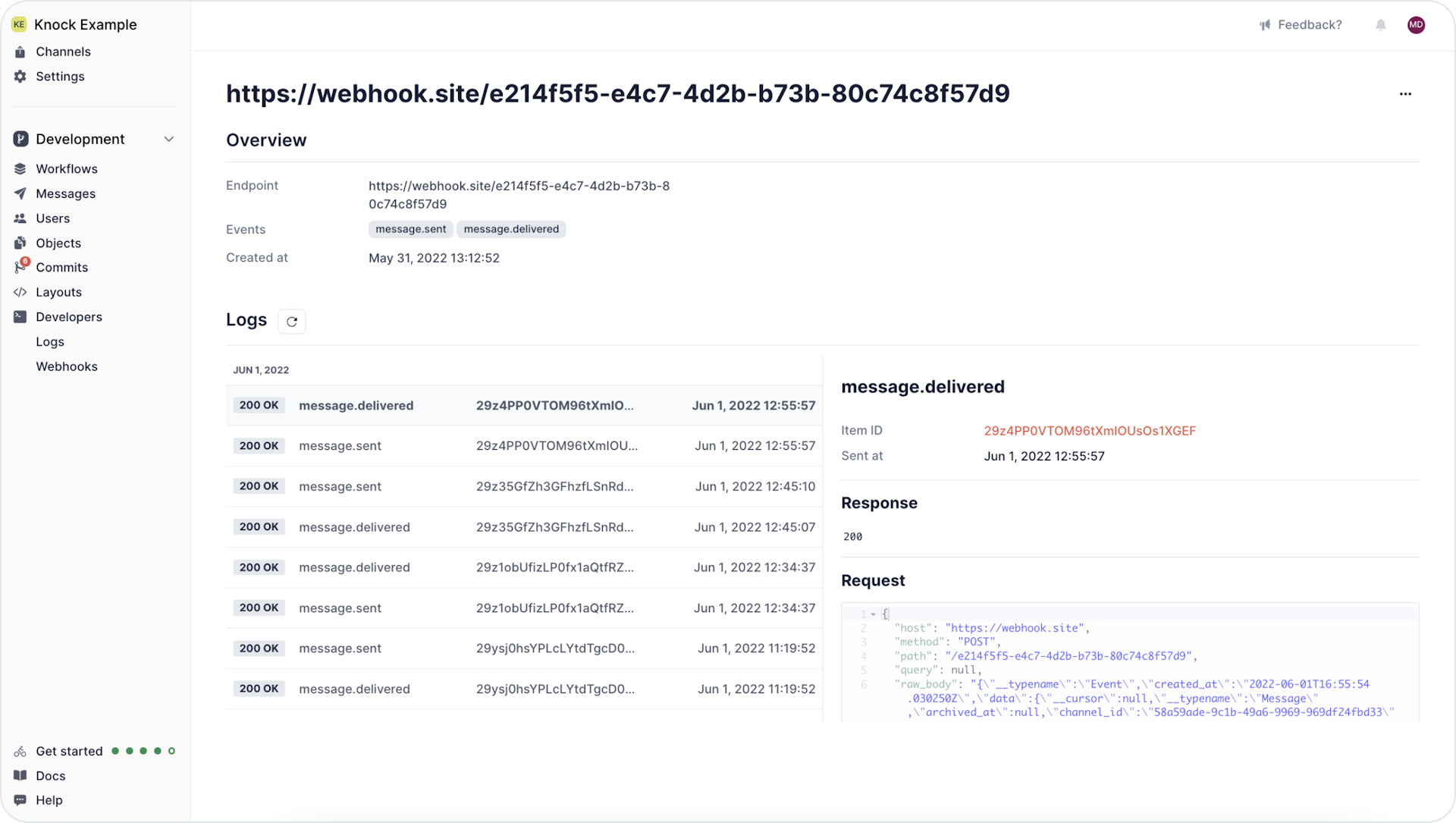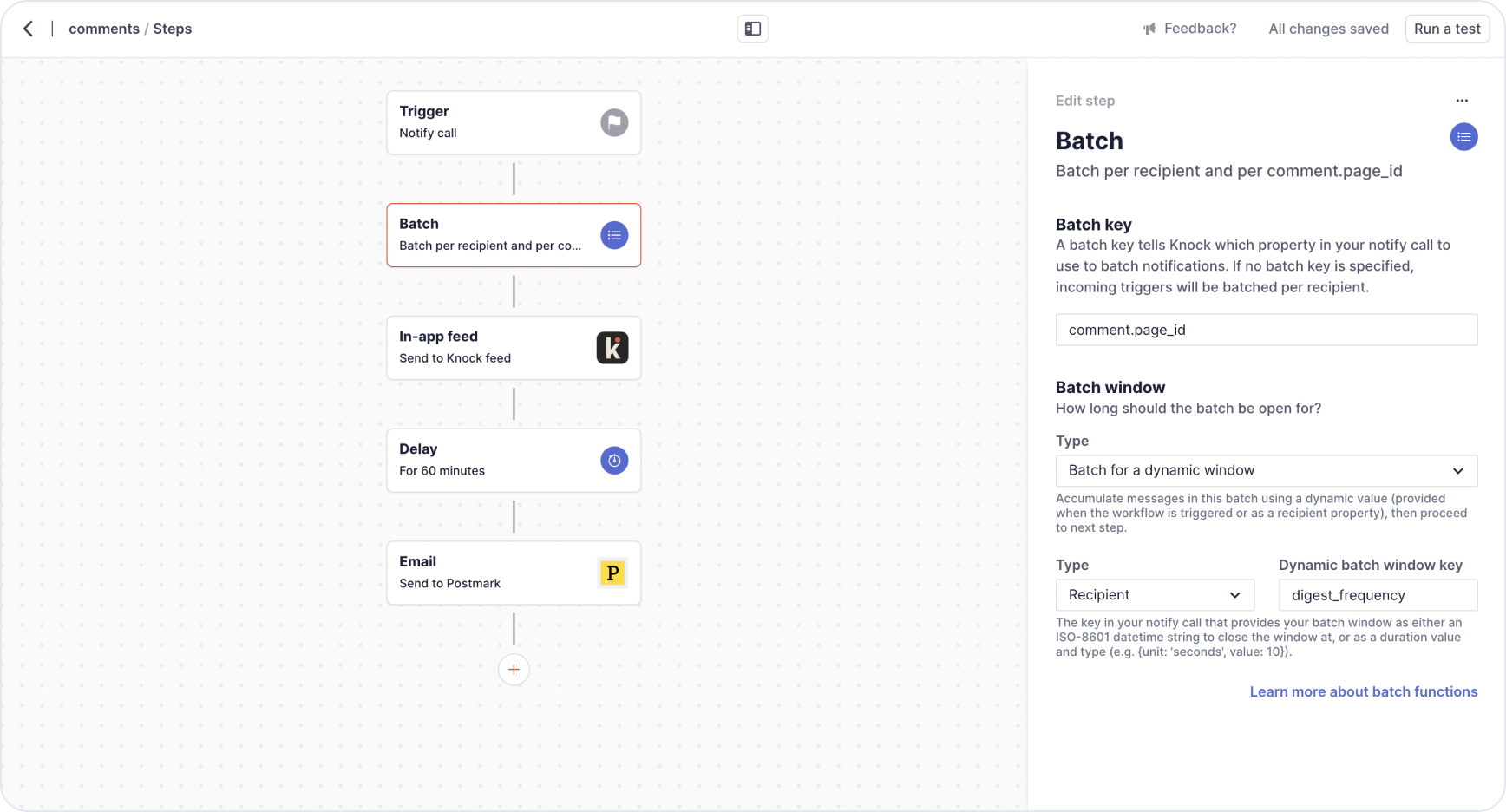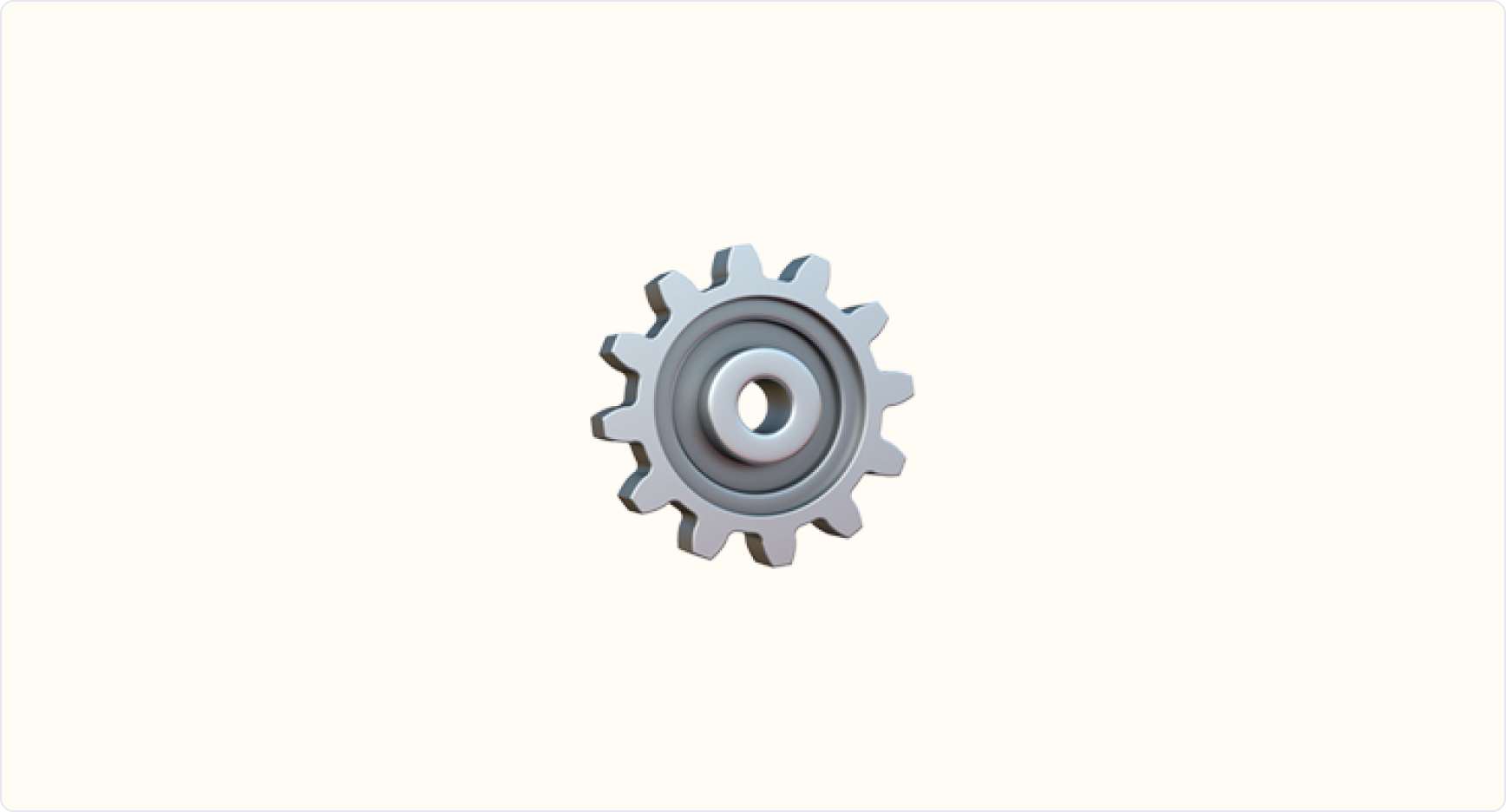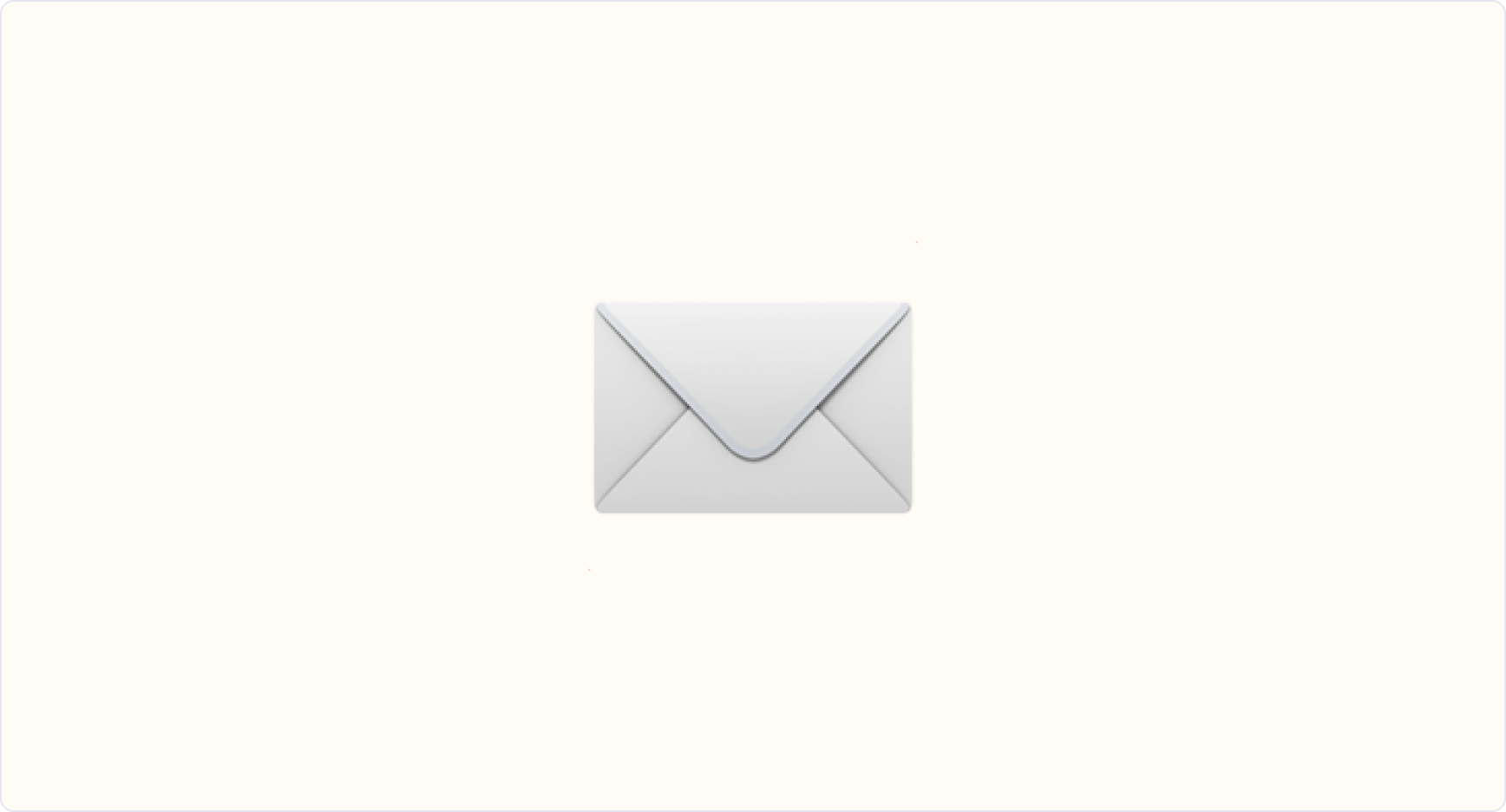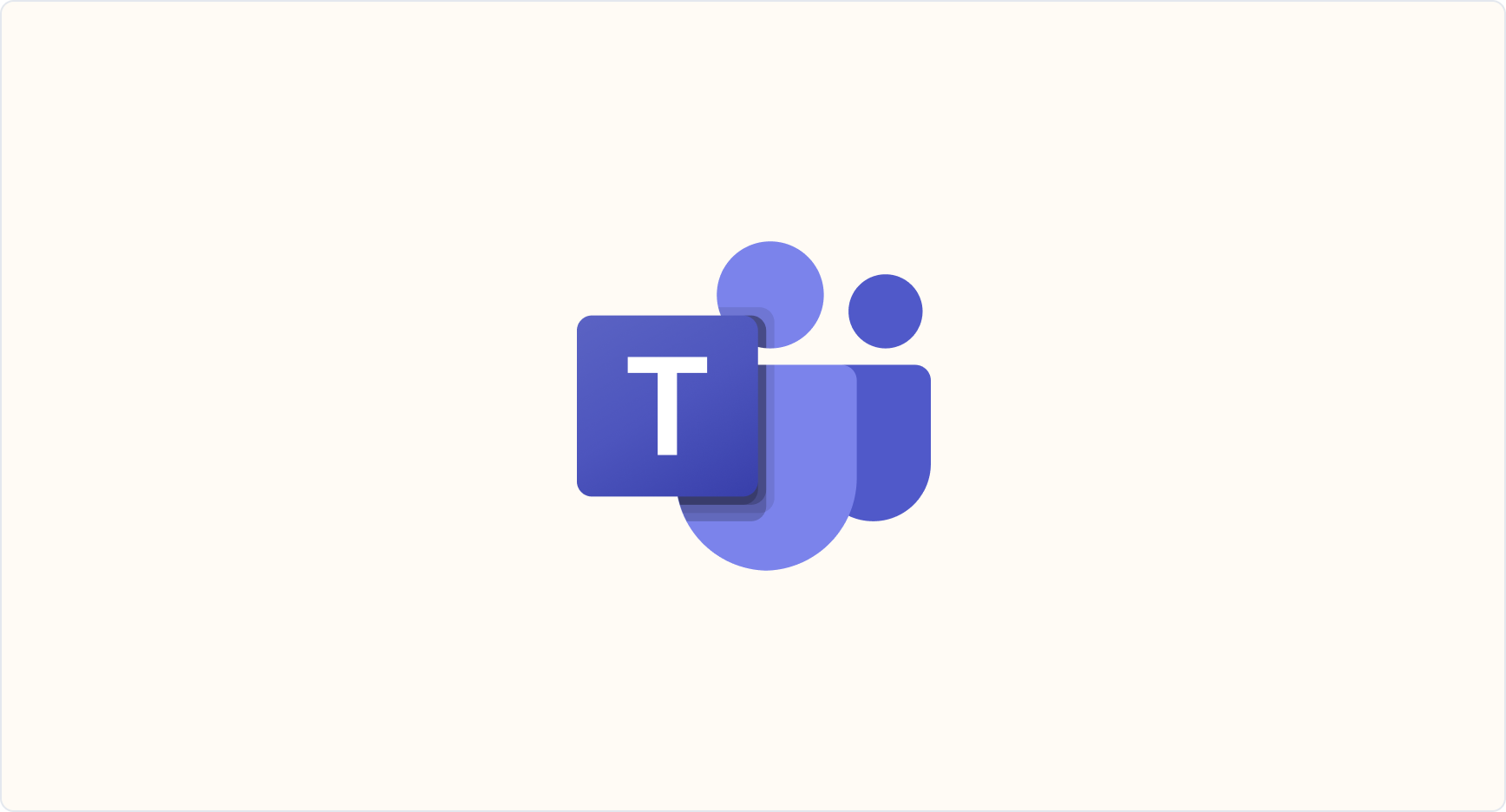Use outbound webhooks to respond in realtime to events within Knock
Today we’re shipping support for webhooks in Knock so that you can more easily respond to the notification events happening and keep your system synchronized with the data in Knock. For more advanced use-cases of Knock, our customers need to keep track of the data that we’re generating within their own system. Given the inherently asynchronous nature of sending notifications, there hasn't been a great way to do this today without polling data endpoints. Enter webhooks!
In your dashboard you'll now see a page where you can configure a webhook to listen to a number of events related to messages sent via your workflows. Once you set up an endpoint in your service to receive them, you can add the URL to the webhook creator and select which events you'd like to subscribe to. When your webhook starts sending requests you'll see delivery logs for those in the dashboard as well.
Some examples of how you can put webhooks to use in your system:
- Store messages longer than our internal retention period
- Populate a custom log of the messages sent to individual users in your system
- Execute a side-effect in your application if a specific event occurs
With webhooks, you're in more control of your notification data than ever before.
Read the documentation to get started →
Building in-app UI docs
When we first built the Knock Feeds API and React component library, we built them with feeds in mind. Since then we've seen customers use our notification infrastructure to build feeds, toasts, inboxes, preferences experiences, and much more! We've completely re-built our in-app UI documentation to showcase our in-app use cases and how to support them, whether you're building with React, Javascript, or React Native.
Check out the new documentation →
PHP SDK
We've expanded our SDK coverage to support PHP. That means you're now easily able to integrate Knock into your Laravel applications with ease! You can get started with the PHP SDK by running composer require knocklabs/knock-php, or looking at our docs.
Fixes and improvements
- 🌱 We now show items that have been removed from a batch in our debugger
- 🌱 We made our new documentation search even more thorough as we now index all of our API reference too
- 👀 Users can now be added from the dashboard in any environment, previously we restricted them from being created in production
- 👀 We added the ability to filter workflows by a category and cleaned up the workflows list
